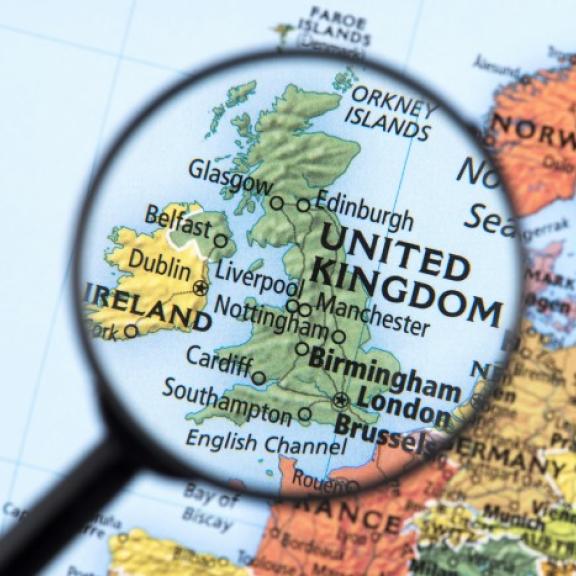How to Reduce and Offset Your Practice’s Carbon Emissions
In the second part of this series, discover how you can lower the carbon emissions of your practice, and offset them.

Knowing the carbon footprint of your interior design practice is valuable information. It’s the starting point in contributing to the global effort to reduce the emissions that are driving climate change. But it’s also beneficial because it can help reduce costs, encourage trust, and enhance the reputation of your practice.
In the first part of this series, we looked at how to assess the carbon footprint of your practice yourself. But once you have this information, and have committed to monitoring it, what are the next steps? We’ve got the details you need.
Reduce emissions – and save money
Calculating your practice’s carbon footprint – in other words its total greenhouse gas emissions caused both directly and indirectly – should be followed by their reduction. The government recommends setting a target that’s achievable over a period of five to 10 years. It should cover all parts of the practice that you own, include all the emissions you measured to assess its carbon footprint, and compare emissions over time to the base year from which you began measurements.
Reducing energy use is a sound strategy and most businesses also make cost savings through lowering energy consumptions, according to the Carbon Trust. The body recommends beginning by examining how energy is currently being used; pay attention to areas such as heating, lighting and office equipment. You can find a detailed guide to energy saving via the Carbon Trust.
Swapping to a renewable energy supplier is also a worthwhile action and can ensure all the energy used in your practice is 100 per cent renewably sourced.
The Carbon Trust also recommends the use of virtual meetings to keep travel emissions to a minimum.
After focusing on direct emissions, you could then look at indirect emissions by working with other organisations up and down your supply chain.
Report the practice’s emissions
While it’s UK quoted companies that are required by law to report on greenhouse gas emissions, it can still be valuable to report on those for which your practice is responsible, and while it’s voluntary, the government does encourage this practice.
You may wish to report the information on your greenhouse gas emissions to customers, suppliers and your staff. If so, decide where you will provide the information: for example, on your website or on supplier questionnaires. The government publishes environmental reporting guidelines you can use.
What about carbon offsetting?
The aim of achieving net zero – and therefore no net impact on the climate from greenhouse gas emissions – requires their reduction with the remaining emissions balanced by carbon removals. Therefore, once you have looked at both direct and indirect emissions, you could consider an offsetting strategy, advises the Carbon Trust.
Carbon offsets are generated by projects that avoid or absorb/sequester carbon dioxide or the other greenhouse gases (methane, nitrous oxide, hydrofluorocarbons, perfluorocarbons and sulphur hexafluoride), the body explains. These could involve renewable energy like wind, biomass and so on, energy efficiency technologies, methane recovery, fuel switching, or reforestation or afforestation.
In what’s called the ‘retail’ carbon market, aimed at companies as well as individuals in general responsible for relatively small direct emissions who wish to offset their carbon footprints, small quantities of emissions reductions credits can be purchased.
If you do decide to offset, it’s vital that these offsets are of high quality from verified projects and emission reductions are genuine, advises the Carbon Trust. Look for independent standards like Gold Standard and Verified Carbon Standard (VCS).
While you might choose to offset because it’s not possible to reduce your practice’s emissions further, bear in mind that offsetting could be part of corporate social responsibility: running your practice in ways that better society and the environment. If that’s the case, consider sourcing offsets from small scale projects in developing countries that have additional advantages like providing sustainable development and social benefits, too.
Take action
Every interior design practice can address its carbon footprint. A careful focus on emissions can bring cost savings as well as benefiting the environment. Consider, too, carbon offsetting, which can be a valuable third step, both to reduce emissions and embody your values.
The BIID are delighted to welcome Swatchbox back as a Platinum Partner
The BIID are delighted to announce the launch of our Online Drop In Coaching Sessions
In celebration of our 60th year, we look back at 60 years of interior design
Meet your local ambassador and help grow your community
Explore new resources from the BIID. Seeing a padlock? Just login or become a member to view.
Angela Bardino reflects on a landmark year for the BIID





